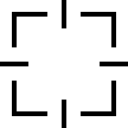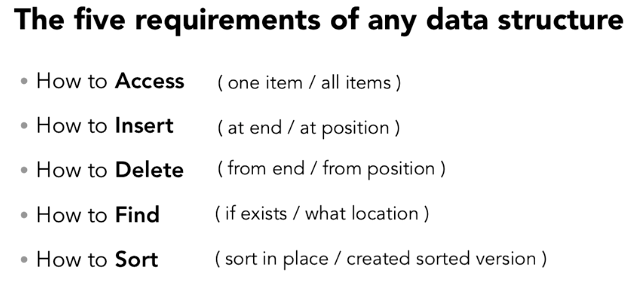Abstract data structures

In computer science, an abstract data type (ADT) is a mathematical model for data types where a data type is defined by its behavior (semantics) from the point of view of a user of the data, specifically in terms of possible values, possible operations on data of this type, and the behavior of these operations. This contrasts with data structures, which are concrete representations of data, and are the point of view of an implementer, not a user.
Formally, an ADT may be defined as a "class of objects whose logical behavior is defined by a set of values and a set of operations"; this is analogous to an algebraic structure in mathematics. What is meant by "behavior" varies by author, with the two main types of formal specifications for behavior being axiomatic (algebraic) specification and an abstract model; these correspond to axiomatic semantics and operational semantics of an abstract machine, respectively. Some authors also include the computational complexity ("cost"), both in terms of time (for computing operations) and space (for representing values).[2]
Basic operations of data structures[edit]
The big ideas in abstract data structures[edit]
Thinking recursively[edit]
Abstract data structures[edit]
Linked lists[edit]
Trees[edit]
Standards[edit]
- Identify a situation that requires the use of recursive thinking.
- Identify recursive thinking in a specified problem solution.
- Trace a recursive algorithm to express a solution to a problem.
- Describe the characteristics of a two- dimensional array.
- Construct algorithms using two- dimensional arrays.
- Describe the characteristics and applications of a stack.
- Construct algorithms using the access methods of a stack.
- Describe the characteristics and applications of a queue.
- Construct algorithms using the access methods of a queue.
- Explain the use of arrays as static stacks and queues.
- Describe the features and characteristics of a dynamic data structure.
- Describe how linked lists operate logically.
- Sketch linked lists (single, double and circular).
- Describe how trees operate logically (both binary and non-binary).
- Define the terms: parent, left-child, right-child, subtree, root and leaf.
- State the result of inorder, postorder and preorder tree traversal.
- Sketch binary trees.
- Define the term dynamic data structure.
- Compare the use of static and dynamic data structures.
- Suggest a suitable structure for a given situation.
